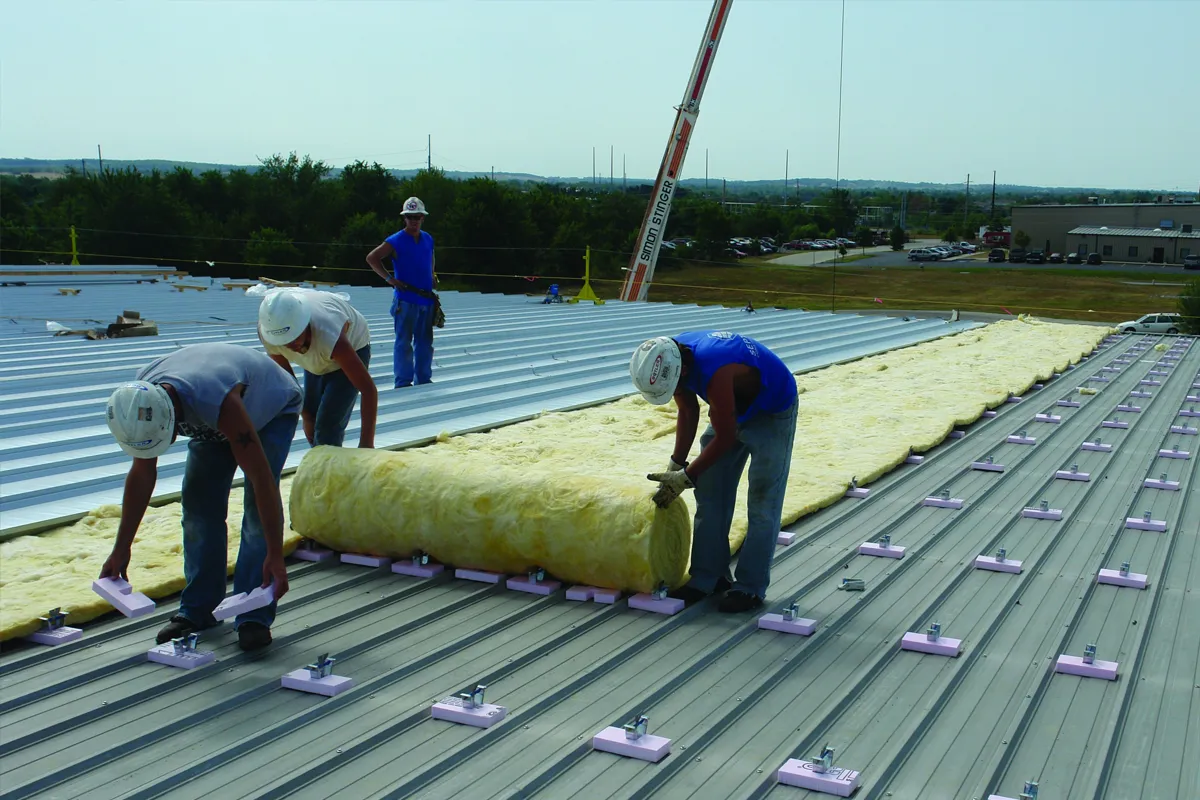A commercial building’s roof choice requires careful consideration of several aspects. A quality roof protects the structure while offering durability, energy efficiency, and cost-effectiveness. With various roofing options available, making the right choice can be challenging. However, understanding the benefits of different materials and their compatibility with your building’s needs can simplify decision-making.
Key Considerations for Commercial Roofing
A commercial roof serves many purposes: it protects from the elements, provides insulation, and supports the overall structure. Therefore, choosing the right roofing system is essential, and working with commercial roofing services in Utah can help you navigate factors such as climate, budget, and maintenance needs. Understanding these aspects can go a long way in determining the most suitable roofing solution for your business.
When considering a roof replacement for your commercial building, it’s crucial to evaluate the specific needs of your location. For instance, if you’re in an area like Winter Haven, Florida, where weather conditions can be unpredictable, opting for a durable and weather-resistant material is essential. Consulting with professionals who specialize in roof replacement winter haven can provide valuable insights into the best materials and techniques suited for your building’s requirements. This ensures that your investment not only enhances the aesthetic appeal of your property but also offers long-term protection against the elements, ultimately saving you time and money on future repairs.
Climate and Weather Conditions
Utah’s climate plays a key role in roof selection. Extreme weather, like heavy rain, snow, or high heat, can impact roof longevity. In areas with intense heat or sunlight, reflective materials can reduce cooling costs, while regions with frequent snow or rain may benefit from roofs with excellent water drainage and resistance.
Roof Material Options for Commercial Buildings
Several materials must be considered when selecting a roof for a commercial building. Each comes with its own set of advantages, making it essential to match the right material to the specific requirements of the building.
- TPO
TPO is a durable, energy-efficient single-ply membrane that resists UV rays, making it perfect for hot climates. It helps reduce energy costs by reflecting sunlight. - EPDM
EPDM is a synthetic rubber roofing material known for its durability and weather resistance. It’s an affordable option for low-slope roofs and handles extreme temperatures well. - Metal
Metal roofs are strong, fire-resistant, and long-lasting. They reflect sunlight, reducing cooling costs, and are ideal for industrial buildings with large roof surfaces. - Built-Up (BUR)
BUR systems use multiple layers of roofing felt and bitumen, offering excellent durability and water resistance. They are ideal for areas with heavy rain and can be customized for extra insulation.
Durability and Maintenance Requirements
Long-term performance is crucial when choosing a roof for a commercial building in Utah. A high-quality roof should be durable and low-maintenance. Materials like metal and TPO are known for their longevity and resistance to damage, requiring minimal repairs. In contrast, BUR systems may need more upkeep due to the layers degrading over time.
When considering the best roofing options for your commercial building in Utah, it’s essential to factor in both durability and energy efficiency. The unique climate demands materials that can withstand harsh weather while providing insulation. Consulting with experts can guide you in making the right choice. If you’re looking for professional advice beyond Utah, you might want to call St. Louis roofing contractor today for insights tailored to your specific needs. Their expertise can help ensure that your commercial building is equipped with a roof that not only meets local building codes but also enhances the overall value and functionality of your property.
Budget and Cost-Effectiveness
The cost of roof installation is an important factor for businesses in Utah. While some materials have higher upfront costs, their durability and energy efficiency can lead to long-term savings. For example, TPO may cost less initially than metal, but metal offers better longevity and energy savings. Balancing the initial cost with long-term benefits is essential.
Commercial Roofing Solutions in Utah
For businesses in Utah, many commercial roofing services are available to help with roof selection, installation, and maintenance. These experts can assess the specific needs of the building and recommend the best roofing system based on local climate, building size, and budget. Working with experienced professionals ensures that the roof will be installed correctly and maintained to last for years.
Choosing the right roof for a commercial building in Utah requires considering factors like climate, material durability, maintenance, and cost. Business owners can select a roofing system that offers long-term value by evaluating these aspects. Whether opting for energy-efficient TPO, durable metal roofing, or traditional BUR, making an informed choice is key to protecting your investment. Working with qualified commercial roofing services in Utah ensures proper installation and long-lasting protection. Regular inspections and maintenance help extend the roof’s life and maintain its performance.









